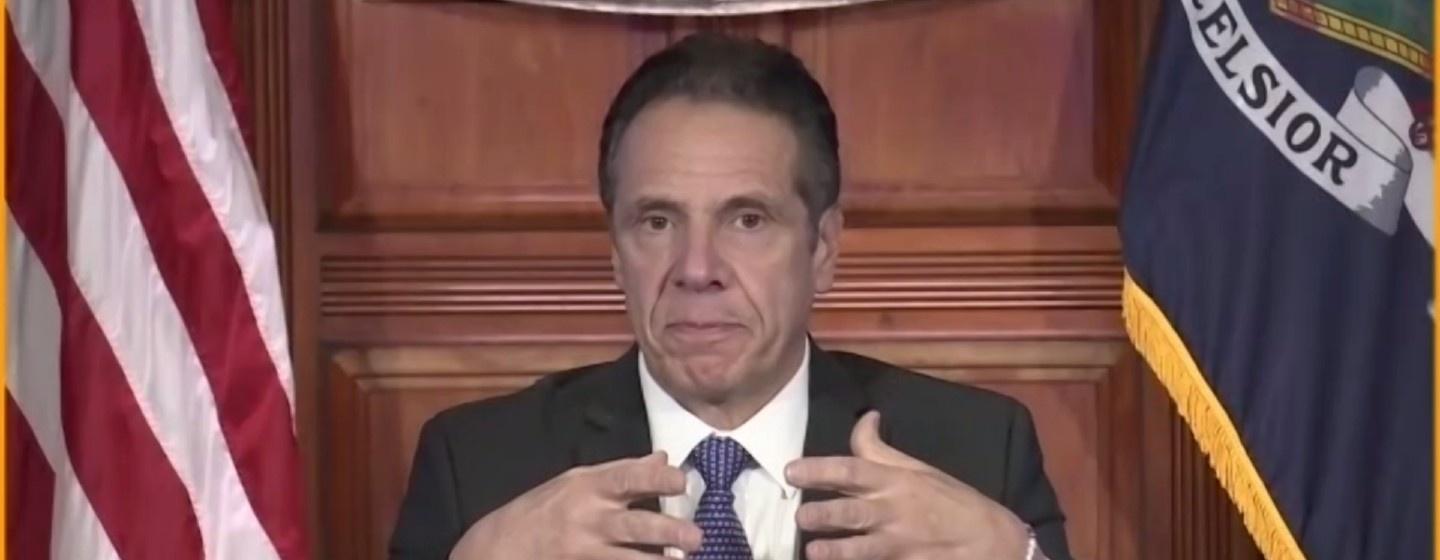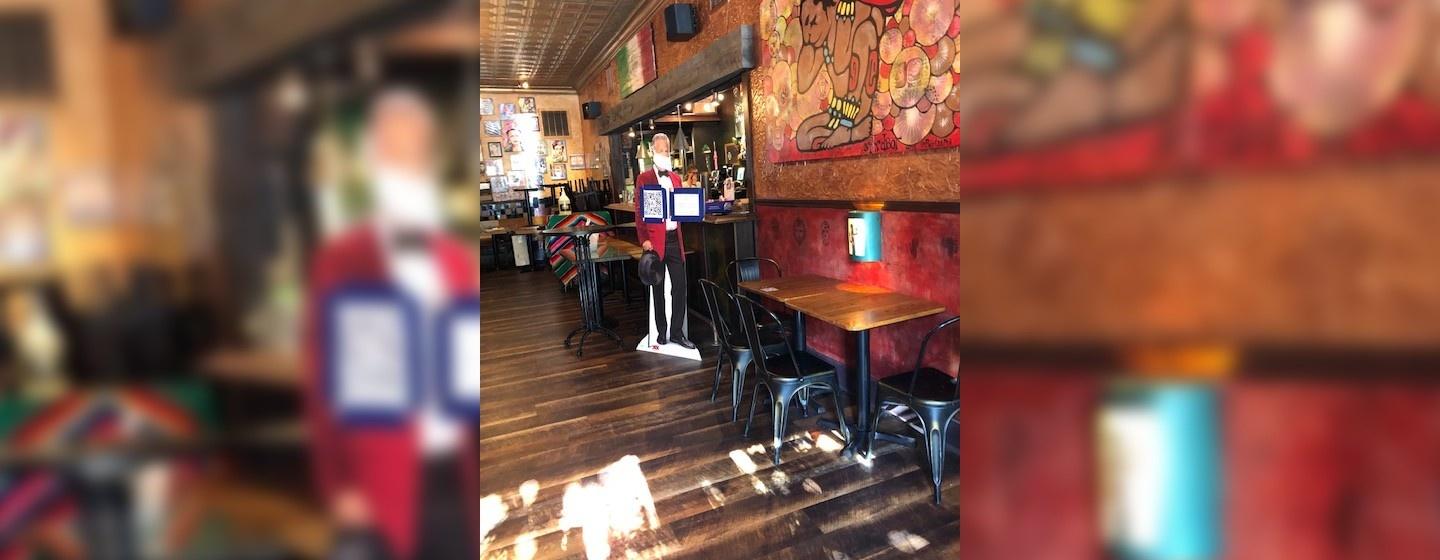NY Contact Tracing Data Shows Social Gatherings as Major Source of Spread

COVID-19 in New York State
New York released data Friday that showed, based on a sample of confirmed COVID-19 cases, that nearly three-quarters of those infections were contracted due to social gatherings and household spread from September through November.
According to the data, which sampled 46,000 sources, 73.84% of cases traced by the state over those three months were linked back to household and social gatherings.
In a distant second, healthcare delivery was linked to 7.81% of those cases during that time, while higher education was third at 2.02% of cases. Each other source identified by the state — like restaurants and gyms —- were linked to less than 2% of the cases.
Because of the low rates of spread at gyms and salons, as identified through the state’s contact tracing data, Cuomo said Friday that those businesses will be allowed to reopen in so-called “Orange Zones,” the middle tier for areas the state has set COVID-related restrictions.
"Gyms are one of the lowest known spreaders now, by the facts," Cuomo said.
According to the data, only 0.06% of cases in the state’s sample were traced back to gyms, while hair and personal care businesses only accounted for 0.14% of cases.
But the data wasn’t enough to save restaurants in New York City; Cuomo said Friday that indoor dining will close in the five boroughs starting Monday to reduce the spread of the virus. Restaurants and bars were linked to 1.43% of the cases sampled by the state.
It’s the first time the state has released data on where COVID-19 cases have been traced back to. Many cases identified in the last few months have been the result of community spread without a clear place of infection.
The state’s data, released Friday, identifies 46,000 sources of infection from September through November, though about 220,000 people were diagnosed with the coronavirus in New York during that time. A source of infection hasn't been identified in the balance of the cases, State Budget Director Rob Mujica said Friday.
As of Friday, the state’s rate of transmission from the virus had increased to 1.3, according to Cuomo. That means that every group of 10 people diagnosed with the virus is expected to spread the disease to 13 people. Ideally, the number would be below one to reduce the spread.
Cuomo predicted that the numbers would begin to stabilize by the end of January, after a continued increase following the holidays.
"We hope there will be a stabilization by mid to late January," Cuomo said. "When does it end? It ends when the vaccine hits a critical mass. It could be June. It could be September."
The first round of the vaccine is expected to arrive in New York at the start of next week, with 170,000 doses of the Pfizer product expected to be administered first to nursing home residents and employees, as well as health care workers.
Another 346,000 doses of the vaccine, this round produced by Moderna, is expected to be sent to New York the week of Dec. 21, Cuomo said.
Related
Here's something new. A chart showing where COVID-19 cases can be traced back to by locations: pic.twitter.com/ofhTQaRsTC
— Dan Clark (@DanClarkReports) December 11, 2020

Restaurants: Cuomo's New Rules Will Lead More to Close
Some, including restaurant owners, are finding Gov. Andrew Cuomo’s new criteria difficult to decipher, and worry it will mean more eateries will soon be out of business.


